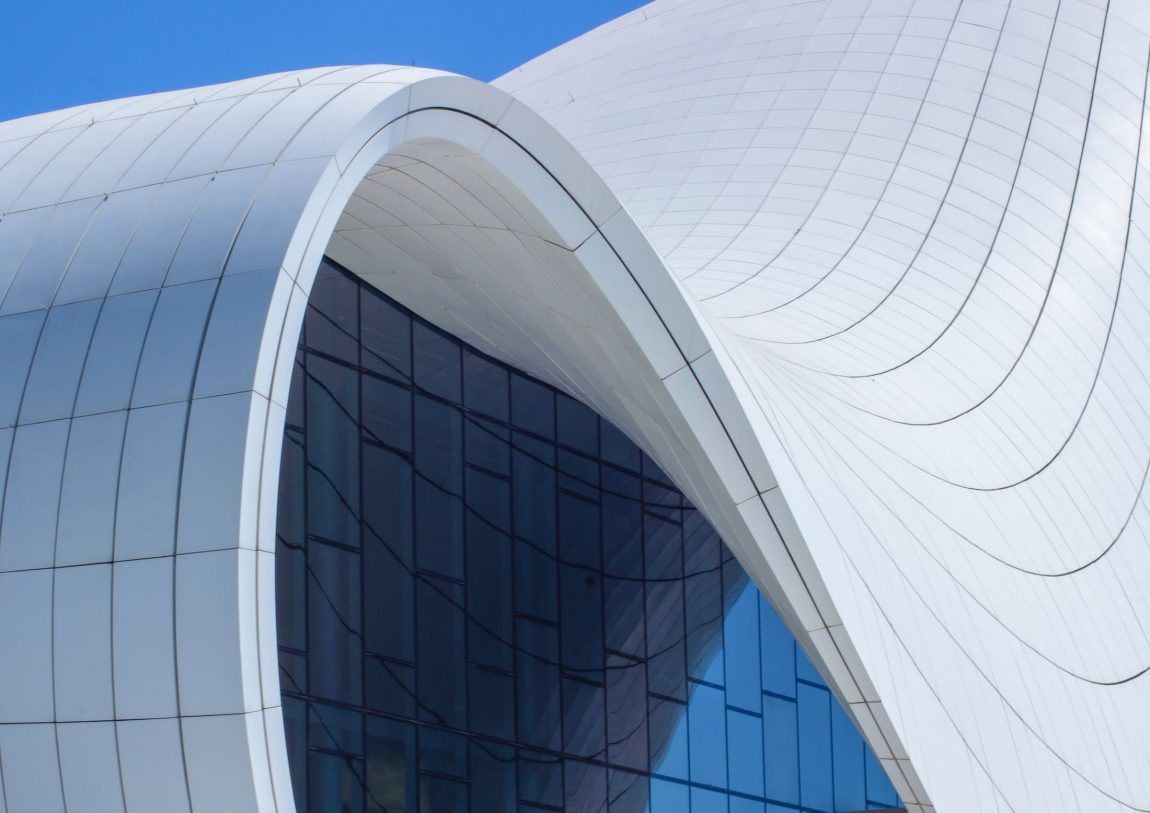Key Takeaways
- Modern architecture, a movement of the 20th century, broke away from historical styles, emphasizing function, minimalism, and new construction technologies.
- Key figures like Le Corbusier, Frank Lloyd Wright, and Walter Gropius shaped modern architecture with innovative designs and principles.
- Notable structures, such as the Empire State Building and Sydney Opera House, exemplify modern architecture’s diversity and global impact.
- Post-WWII, modern architecture evolved with new materials and technology, leading to iconic skyscrapers and public buildings.
- Controversy and critique accompanied the movement, questioning its focus on functionality and perceived lack of aesthetic appeal.
Frequently Asked Questions
- What defines modern architecture?
Modern architecture is characterized by its emphasis on function, use of new materials and construction methods, minimalism, and rejection of historical styles. - How did World War II affect modern architecture?
Post-WWII, there was a surge in modern architecture due to the need for rapid reconstruction, advancements in technology, and the availability of new materials. - Who are some notable architects of the modern movement?
Le Corbusier, Frank Lloyd Wright, and Walter Gropius are among the key figures who significantly influenced modern architecture. - What are some iconic examples of modern architecture?
The Empire State Building, Sydney Opera House, and Fallingwater by Frank Lloyd Wright are iconic examples showcasing the diversity and innovation of the movement. - Has modern architecture faced criticism?
Yes, it has been critiqued for its sometimes stark and functional appearance, often perceived as lacking in aesthetic appeal and disregarding local context and tradition.





